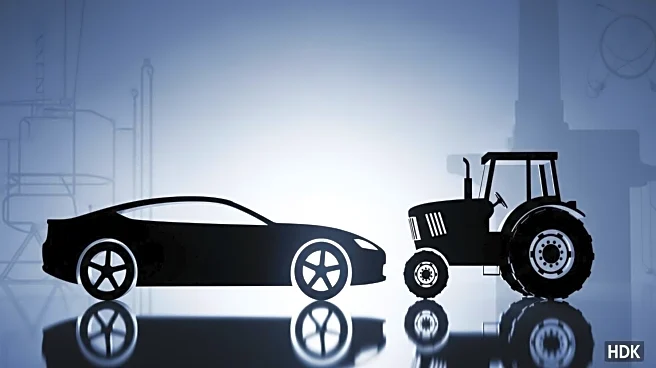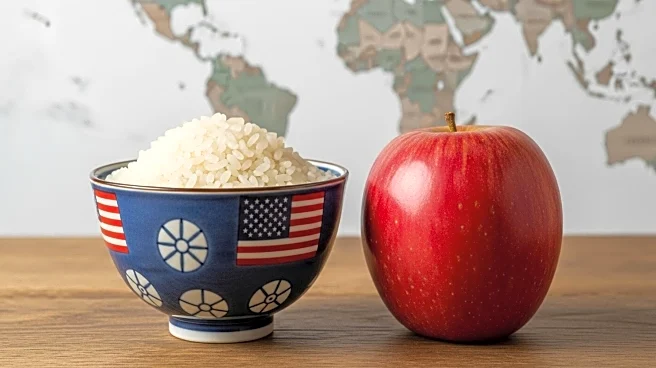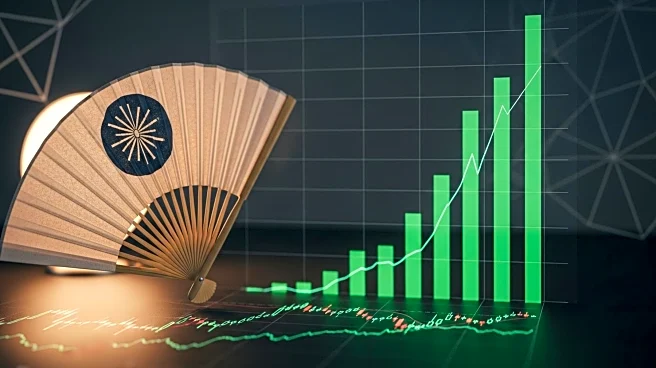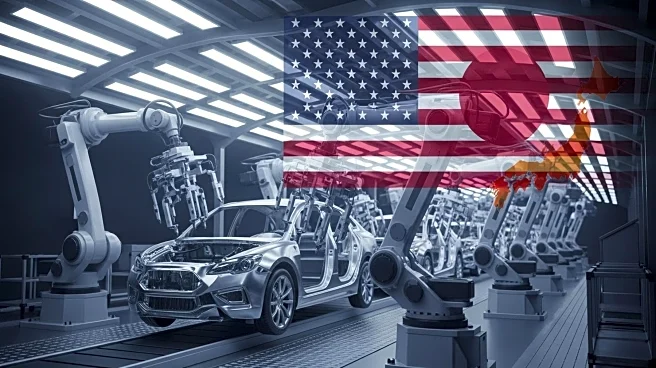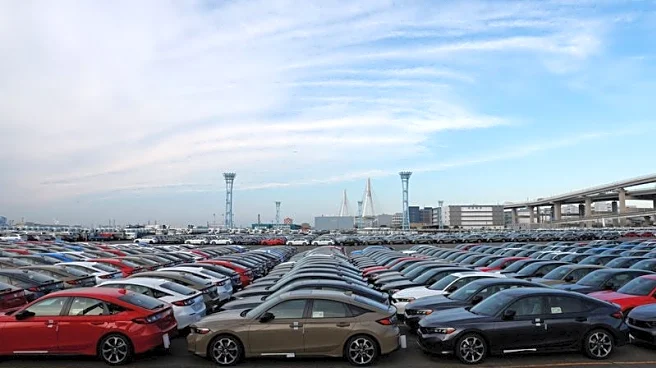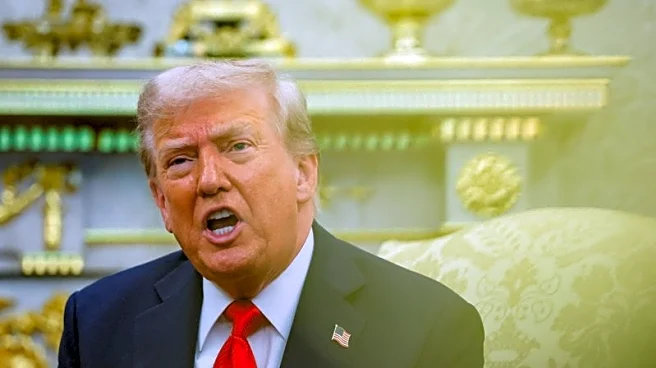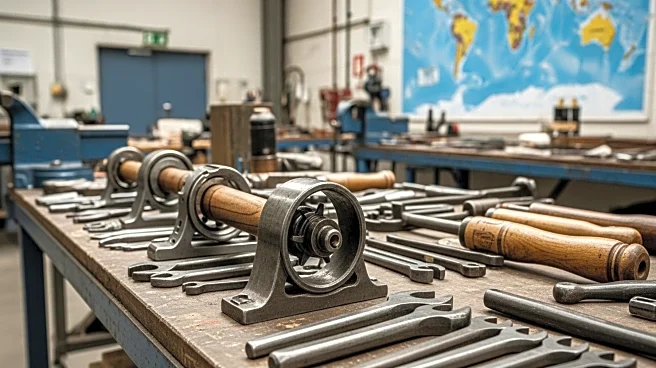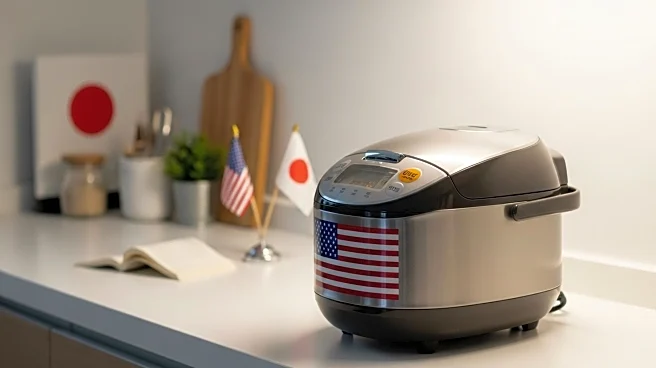What is the story about?
What's Happening?
The U.S.-Japan trade agreement finalized in July 2025 reduces tariffs on Japanese automotive exports and expands U.S. agricultural market access in Japan. Japanese automakers benefit from reduced tariffs, enhancing their competitiveness in the U.S. market. However, U.S. automakers face challenges due to unchanged tariffs on Japanese steel and aluminum. The agricultural sector sees increased opportunities with Japan's commitment to import more U.S. rice and other agricultural products.
Why It's Important?
The trade deal reshapes competitive dynamics in the automotive and agricultural sectors. Japanese automakers gain a strategic advantage, potentially increasing their market share in the U.S. Meanwhile, U.S. agribusinesses benefit from expanded export opportunities, supporting domestic agricultural growth. The deal also reflects broader geopolitical and economic strategies, influencing future trade relations and investment flows between the two countries.
What's Next?
U.S. automakers may need to adapt to intensified competition and supply chain challenges. The unresolved tariffs on steel and aluminum could lead to further negotiations or policy adjustments. Investors should monitor geopolitical tensions and potential shifts in U.S. trade policy under future administrations. The implementation of Japan's investment pledge in U.S. industries will be crucial for long-term planning and economic collaboration.
AI Generated Content
Do you find this article useful?
